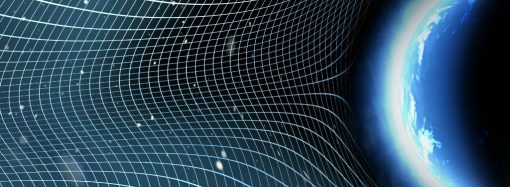Watchdog: Media freedom has deteriorated during pandemic0
- From Around the Web, Science & Technology
- April 27, 2021
There’s been a “dramatic deterioration” of press freedom since the pandemic tore across the world, Reporters Without Borders said in its annual report published Tuesday.















